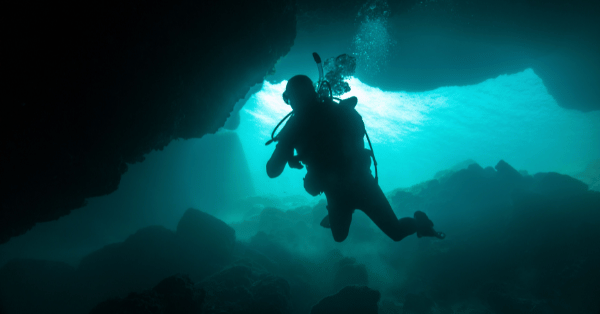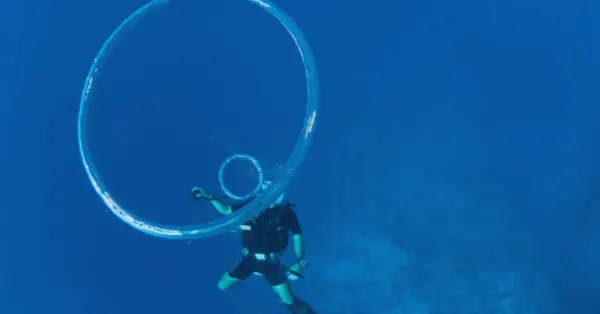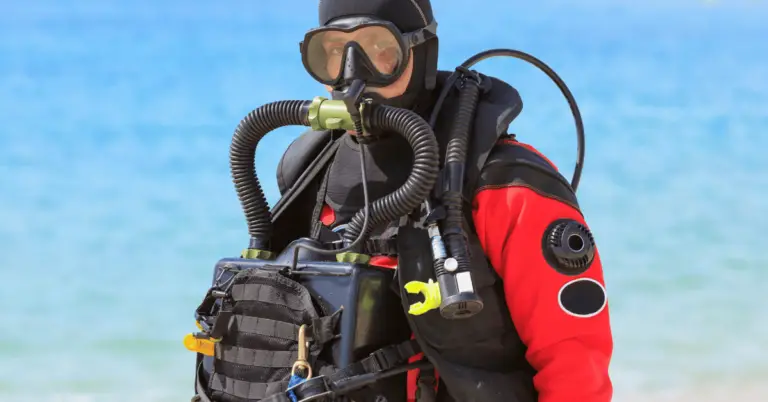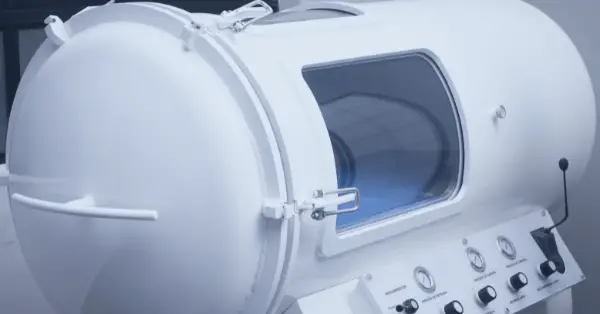How a Wetsuit Works: The Science Behind Keeping You Warm in the Water
Do you know how a wetsuit works? Most people don’t give it a second thought, but the science behind how wetsuits keep us warm in the water is actually quite fascinating! In this blog post, we will discuss how wetsuits work and what materials are used to make them. We will also explore some of the different types of wetsuits on the market today.

How does a wetsuit work?
A wetsuit is designed to keep our body temperature constant, even when we’re immersed in cold water. It does this by trapping a thin layer of water between the suit and your skin, allowing heat from your body to warm the water. The neoprene material that makes up a wetsuit also helps with insulation as it is filled with tiny air bubbles which act as an insulator and keep us warmer for longer.
What materials are used to make a wetsuit?
Typically, wetsuits are made from neoprene, a synthetic rubber material that’s flexible and dries quickly. Neoprene works well because it has good thermal insulation properties – meaning it keeps the cold out and warmth in – so you stay comfortable in the water. Additionally, some wetsuits are lined with a thin layer of fleece or other synthetic material to help keep you warm.
Types of Wetsuits
There are several different types of wetsuits on the market today that vary in design and how they are made. Different types include full body suits, shorty suits, spring suits, and step-in suits. Full body wetsuits provide the most coverage and insulation while a shorty suit provides minimal coverage but still retains warmth. Spring suits and step-in suits provide more flexibility as they come with less fabric than a full body suit does. Each type of wetsuit is designed for specific activities such as surfing, swimming, diving, or snorkeling.
What is a drysuit?
A drysuit is a type of wetsuit that is designed to keep the wearer completely dry, even when submerged in water. Drysuits are recommended for use in water temperatures from 39°F (4°C) to 59°F (15°C).
The material used in dry suits is much thicker and more durable than the neoprene used in traditional wetsuits. Drysuits also come with special seals on the wrists, ankles, and neck which prevent water from entering the suit and keep you dry.
They are used by experienced divers who need to stay dry while diving in colder waters.
Wetsuit thickness is important
The thickness of the wetsuit is important, too, and is measured in millimeters. Thicker wetsuits are better suited for colder water temperatures – typically greater than 10°C – while thinner suits are best for warmer waters – usually less than 18°C.
Wetsuit Thickness – Temperature Table
| Water temperaturein °F | Water temperaturein °C | Wetsuit Thickness | Wetsuit type + accessories |
| 75+ °F | 24 + °C | No wetsuit required | Lycra or Rashguard as UV protection optional |
| 71 – 75 °F | 22 – 24 °C | 0.5 – 2 mm | neoprene top |
| 66 – 75 °F | 19 – 22 °C | 2 mm | shorty or springsuit |
| 62 – 66 °F | 17 – 20 °C | 2 mm | fullsuit |
| 55 – 64 °F | 13 – 18 °C | 3/2 mm | fullsuit |
| 50 – 57 °F | 10 – 14 °C | 4/3 mm | fullsuit/ dry suit + 3 mm boots & 2 – 3 mm gloves + optional hood or cap |
| 46 – 53 °F | 8 – 12 °C | 5/4 mm | hooded fullsuit/dry suit + 5 mm gloves & 5 mm boots |
| less than 46 °F | less than 8 °C | 6/5/4 mm | hooded fullsuit (dry suit) + 7 mm gloves & 7 mm boots |
Taking care of your wetsuit
Properly taking care of your wetsuit will extend its lifespan and help ensure it performs optimally. After each use, rinse off the saltwater, chlorine, or other contaminants with fresh water. Hang your wetsuit up to dry in an area that is well-ventilated and UV protected, such as a shady spot on a balcony or indoors. Additionally, avoid leaving a wet wetsuit in direct sunlight as this can cause it to deteriorate faster. You should also store your wetsuit in a cool, dry place and away from direct heat sources such as radiators and heating vents.

This is how wetsuits work
In conclusion, wetsuits are an amazing piece of technology that keeps us warm and comfortable in the water. Understanding how a wetsuit works and what materials they’re made from can help you make an informed decision when purchasing one. With so many types of wetsuits on the market today, there’s sure to be one out there that fits your specific needs!
Fun fact, at the 100th dive, many divers reject a wetsuit and scuba dive naked.







